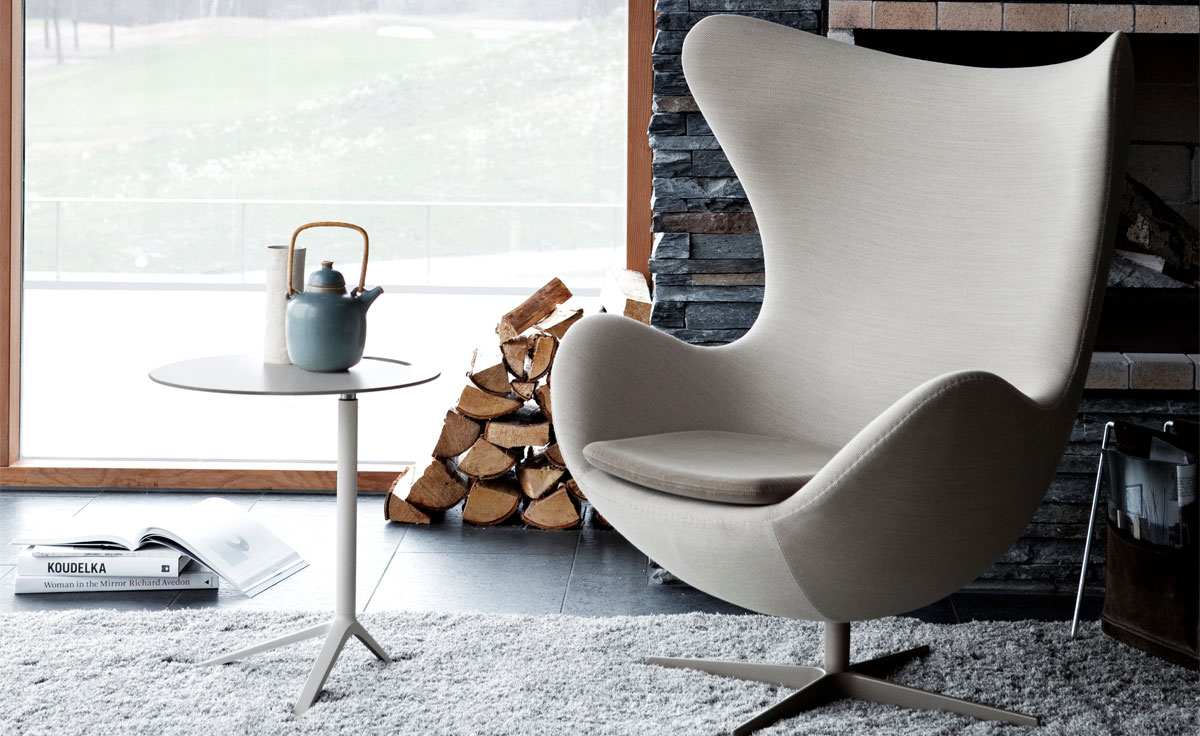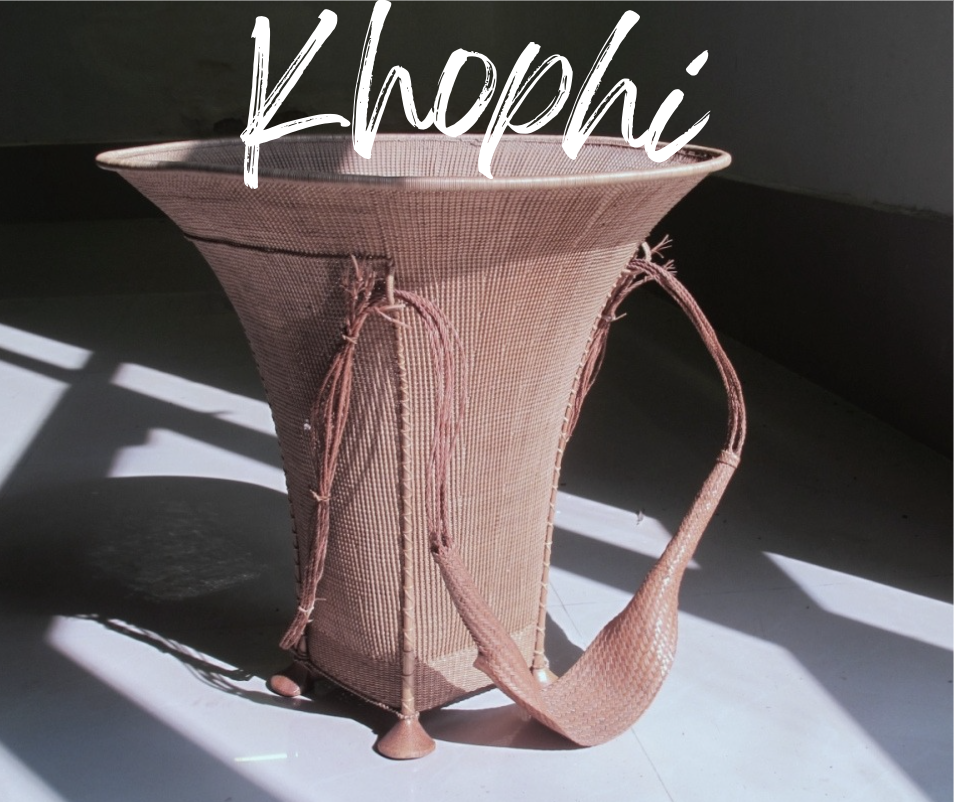Branding Your Interior Design Business
Oct 30, 2021 | Benedict Cross
 A business’ brand is what hits potential customers first. It’s not just your logo, it’s the entire theme and texture of your business - embedded in the language you use, the look of your website, and the story that your business tries to tell about itself.
A business’ brand is what hits potential customers first. It’s not just your logo, it’s the entire theme and texture of your business - embedded in the language you use, the look of your website, and the story that your business tries to tell about itself.
Let's take some examples. What’s Google’s brand? What’s the universe according to Google?
Famously, Google’s unofficial slogan is ‘Don’t be evil’, a phrase that’s in the company’s code of conduct (and occasionally used to mock it). It’s related official slogan is ‘Do the right thing’. Evidently, Google wants to assure users that it’s a socially responsible company.
If you look at Google’s name and logo, you’ll immediately see a further part of the brand.
The word itself is a spelling of ‘googol’ - the number 1 followed by 100 zeros. But how the word is presented tells you a lot about how Google wants to appear. Even their spelling moves from the arcane mathematical term to what looks like something a baby might say.
The letters are bright and colourful, the font even simpler and more cleanly defined than its pre-2015 incarnation. Since 2000, the company has employed a team to create whimsical ‘Doodles’ - artistic alternate logos that mark a particular event. Google, it seems, wants to appear as friendly as possible. Google’s universe is a place where Google stands as a helpful, honest, easygoing partner to help solve your problems.
So what kind of brand image is common among interior designers? Let’s take a look at the websites of four of them.
Immediately we see a colour theme. Pastels, whites, plenty of space occupied by pictures or just left empty. The impression is one of softness and openness, like the rooms being advertised.
Look at the language too and you’ll see the brand. There’s relatively little of it, clear and easily readable, but it has a friendly theme similar to Google’s. ‘Just add friends’ and ‘10 Little Habits that Can Transform Your Mornings’ are comforting, homely phrases, and the ‘Our’ in ‘Our Favorite Furniture on Sale’ strikes up a sociable, casual air.
This is what everyone else is doing, and if you’re looking how to brand your interior design business, you might look to do something similar. Simple, uncluttered and soothing backdrops, warm and friendly language. Websites like Wix and Squarespace will offer you a variety of themes to style your website at creation, and so you’ll probably be picking one that runs along these lines rather than, say, a trendy and nightclub-esque theme.
Now let’s have a look at the ‘About Us’ pages of each of these four sites. As you’d expect, each is dripping with superlatives. Domino introduces itself as ‘the ultimate guide for a stylish home and life’, Apartment Therapy as ‘a leading source of design inspiration’, Chairish as ‘the design world’s ultimate destination for home furnishings and art’. So far what you’d expect - plain advertising.
But most of these sites also place great emphasis on their sustainability credentials. West Elm announces, in a large stripe of text across their ‘Our Story’ page, that they’re ‘doing better and going greener every day’, and proudly proclaims that ‘60% of our products support at least one of our sustainability initiatives’. In fact, their entire website is ablaze with sustainability pledges and proud statistics, making them a cornerstone of its brand.
Apartment Therapy too repeatedly discusses ‘green decorating’ and ‘green living’, and Chairish dedicates a whole subheading to being ‘Sustainably Chic’ - expounding on their vast reclaiming (or ‘rechairishing’) initiative that has lead to 530,608 items being reused, and their vision of a ‘kinder, more circular economy’. Only Domino makes no mention of sustainability at all.
This is where these brands’ stories are really coming into play. They are telling you that they’re planet-savers, heroes performing a vital role for the good of the present and the future. It’s a striking story to tell, one that makes the client feel good about buying from this brand, because in so doing they’re becoming heroes too.
From this prominence we can see the increasing importance of sustainability and ethics in the brand image of an interior design business. People will pay attention to this, and will look more favourably on a brand that uses its story to assure them that it strives to be sustainable.
This quick tour gives us the basics of creating an interior design brand. One, create an accessible website that’s easy on the eye, with plenty of white space. Two, carefully choose your language to create a relaxed, reassuring mood for your clients. Three, don’t forget to brag and four, you can get ahead of the game by being ostentatiously sustainable. Make pledges and show you’ve kept them, and provide as much detail as possible as to how you’re doing this. The more detail you provide, as the stats of Chairish and West Elm show, the more convincing you can be that you’re a genuinely sustainable brand and the more powerful your brand’s story will be.
And five, don’t skimp on the pastel colours. Apparently that’s great.
Recommended



Wholesale / B2b Kathputli Puppets From Ahemdabad
Dec 16, 2024





